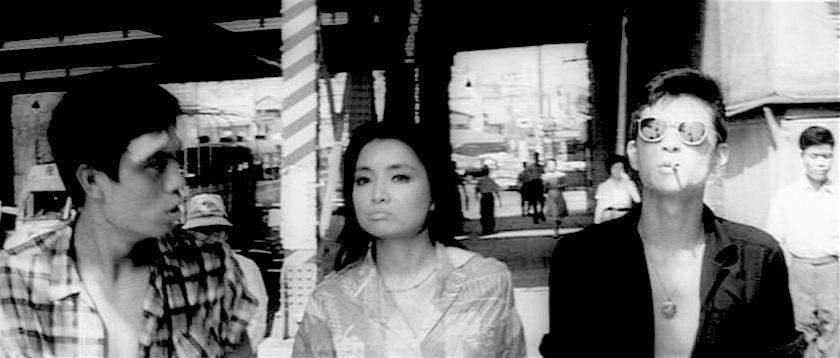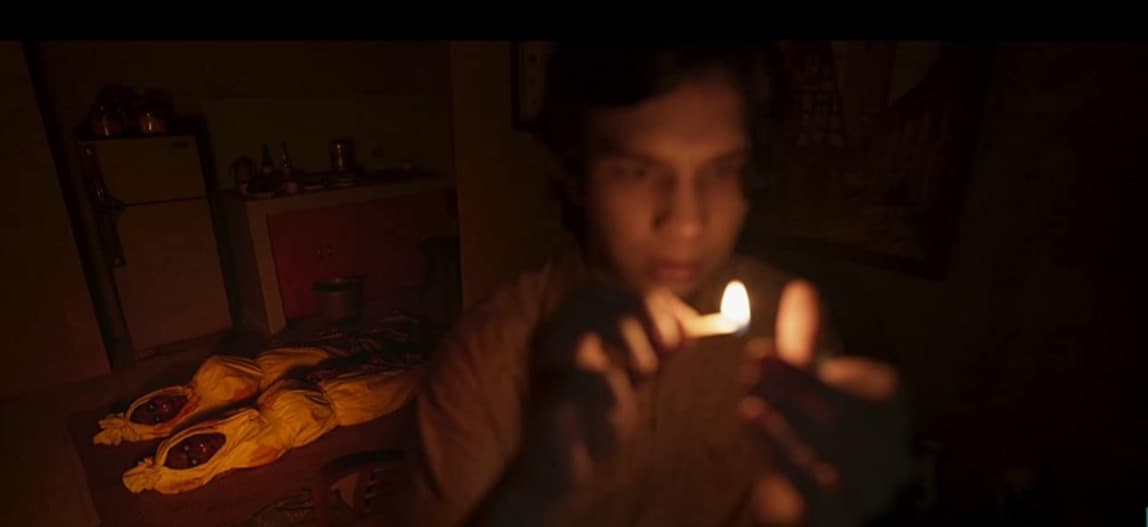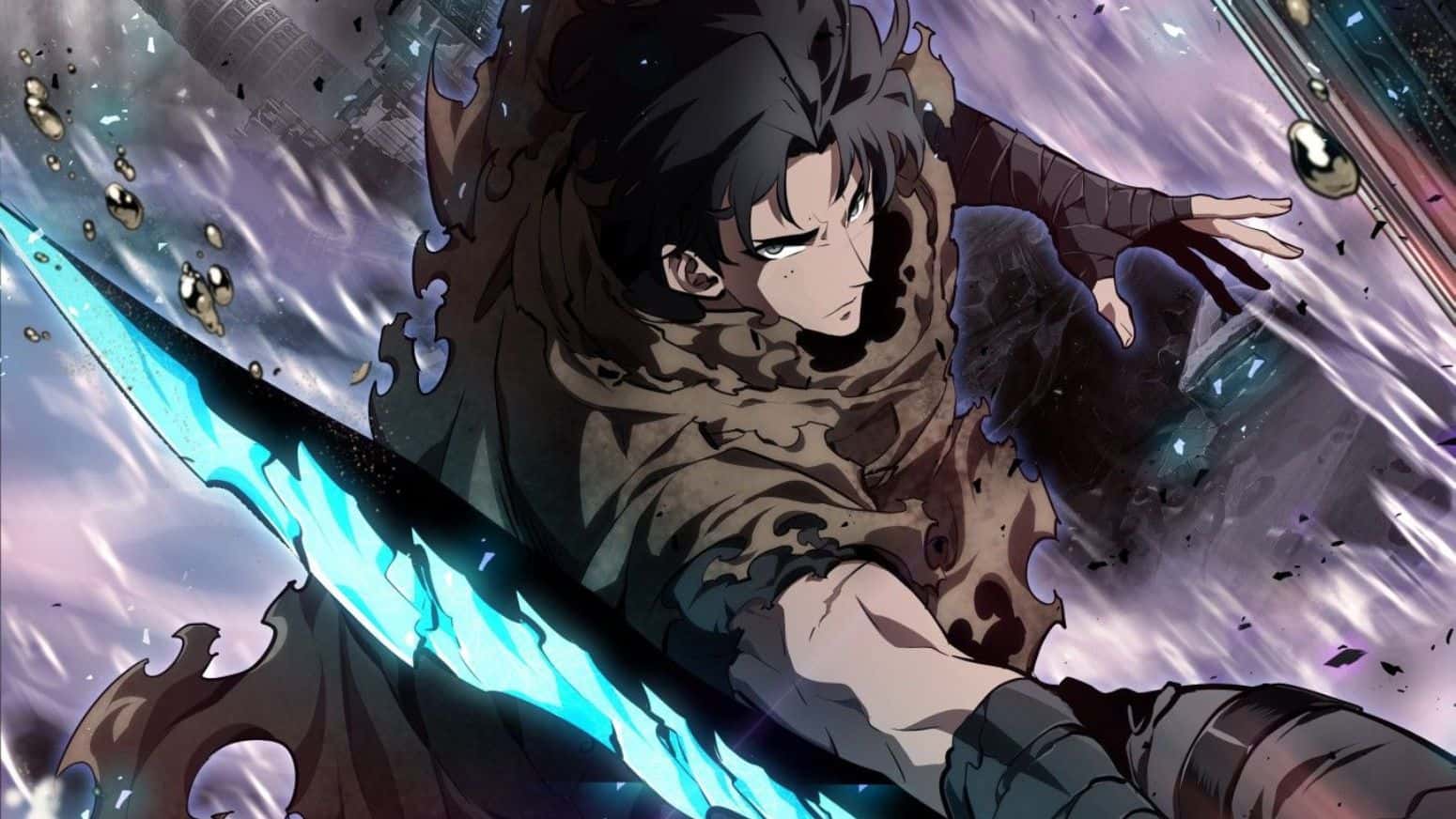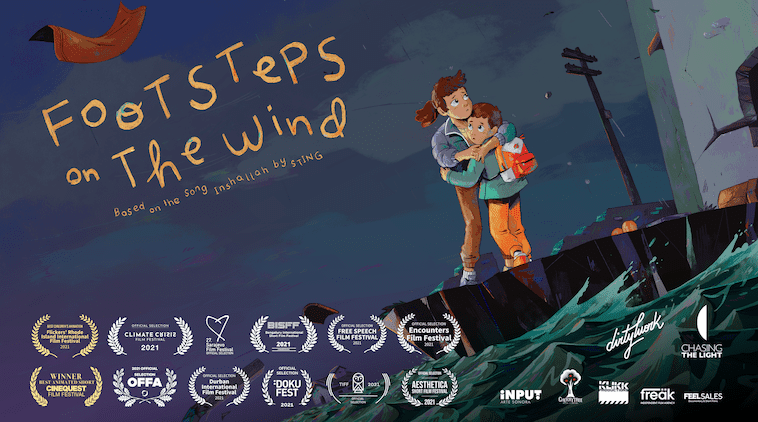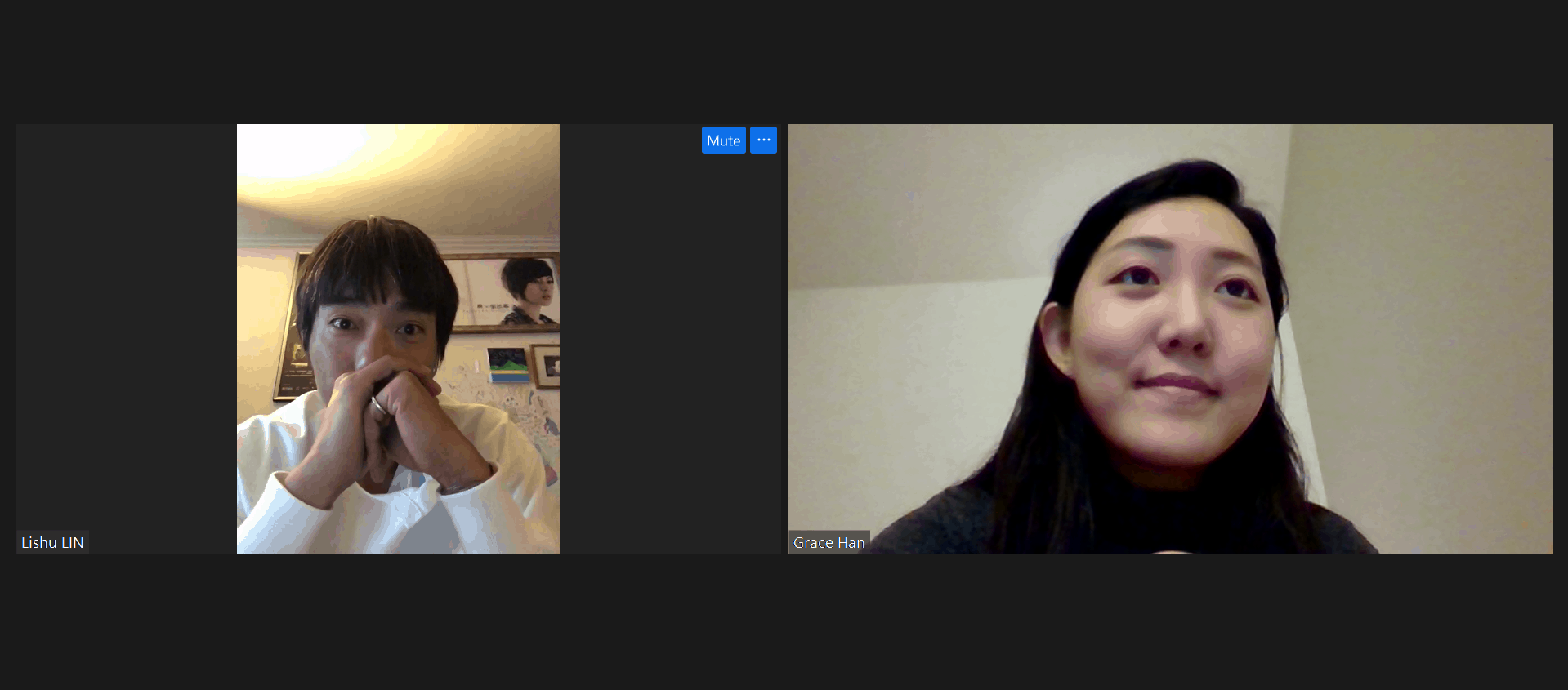The most visceral experiences force you to bury your head in those two sullen hands at the end of those weakening arms; covered by fingers, you force a peep through the gaps because curiosity is a menace to your sanity. New Wave cinema has also manipulated its audience in this way, since, no matter when or where yet, with its brazen attitude, hip demeanour, and stylish cinematography, you are obliged to soak it in as a whole. When it comes to the handling of taboo subject matter, only the best pioneering auteurs succeed in whisking its audience in a whirlwind and smashing previously socially-acceptable boundaries with a ten-ton hammer. Koreyoshi Kurahara was one such auteur and his maniacal 1960 film ‘The Warped Ones' is as glamorous and cool as it is vicious and brutal.
“The Warped Ones” is screening at Japan Society:
A frenzied foray into the nihilistic madness of post-war youth, ‘The Warped Ones' follows Akira (an unhinged performance from Tamio Kawachi) and his partners in crime Masaru (a scat-induced Eiji Gō) and Yuki (a vigorously sexual Yuko Chishiro), as they run rampantly amok in the streets of Tokyo, drenched in promiscuity and revelling in debauchery. After Akira and Masaru are released from a juvenile reformatory, the former is hellbent on making the lives of the journalist who put him behind bars and his fiancée (Hiroyuki Nagato and Noriko Matsumoto) a living hell, as the latter is adamant on joining a gang to take care of him and Yuki. Throughout, the film does not shy away from revealing the ugliness rotting underneath the surface of their motivations, never glamorising their life of petty crime and illicit sin.

No matter how often Kurahara ebbs in and out of his narratives' directions, he is predominantly concerned with making a spectacle of his characters' violence and their anti-cultural destruction. The youth swarming in ‘The Warped Ones' all live to the frequencies of jazz; for Akira, who lives and breathes nothing but ‘black music', the very adoption of his beloved form of music by both white and Japanese people angers him as much as the rest of society manages. Themes of prostitution, abortion, and rape are nonchalantly executed with as much rebellious fervour as the three leads exist: on the fringe yet notoriously in-your-face. While it makes for uncomfortable viewing (maybe more so now than it did almost sixty years ago) its raw and naked presentation blends into the disturbing realities of post-Occupation and strips back the visions carved out in the classical era the decade before. It's certainly exploitative but in tune with its hip score it plays like a fever dream turned sour, and there is so much carnal energy keeping it alive we can almost smell it.
Though there is definitely strength in its script and entire cast – save for the monotonous warbling of Matsumoto's Fumiko, which both Akira and the audience tune out – it is ultimately Kawachi and Gō's demented yet primitive performances that equally captivates and repulses us. Like rabid dogs untethered from a steel fence, they wreak havoc on their society and terrorise its unsuspecting inhabitants; particularly women, who they see as mere sexual objects to the point Akira greets every one of them with “want to get lucky?” and is met with disgust every time. With the actors channelling their character's baser instincts frighteningly well, they ensure it is only the present they live in, free of responsibility and a flippant disregard of consequence. A staple trope of the Sun Tribe and New Wave cinema to come, few around the globe have reached such intense portrayals of madness quite like these three (with the inclusion of Chishiro). Kurahara doesn't just critique wayward youth: his portrayal of the hip pseudo intellectuals is superfluously caricatural whilst square Kashiwagi and Fumiko are miniaturised and presented as superficial at best.
Its intense and horrifying subject matter are, however, presented with such visual cool it's near impossible to peel your eyes away from the screen. Yoshio Mamiya's utterly stylish cinematography harks back to Raoul Coutard's work on Godard's ‘Breathless' just months before, but pushes it to extremes. In fact, this is the case with every technical aspect: Akira Suzuki's editing is cutthroat and sharp yet somewhat organic; meanwhile Toshiro Mayuzumi's invigorating score exists as ‘The Warped Ones' s lifeblood, manipulating emotions, personalities, and every decision carried out. The music is the film's personality and its characters live accordingly by it. At only 75-minutes in length it is a tour-de-force none can reason with and none can contain; it lives by its own rules and nobody else's.
Coming at the onset of the Japanese New Wave and serving as one of the pinnacles of taiyo zoku or Sun Tribe cinema, ‘The Warped Ones' depicts the senseless and the dangerous with the flick of a knife, the blink of an eye. An unpredictable deluge of depravity superbly acted and crazily dripping with bona fide style without taking any sides, this descent into delirium embodies the directionless path its characters stumble down seemingly without trying; it's a style that just seems to be second nature to all those involved. Like its French counterpart and doubly more violent than its later American comparison in ‘Rebel Without A Cause' it untouchably trailblazed its way outside of the rule book and made a bunch of its own. It's an anarchic feast for the senses in every possibly way.


